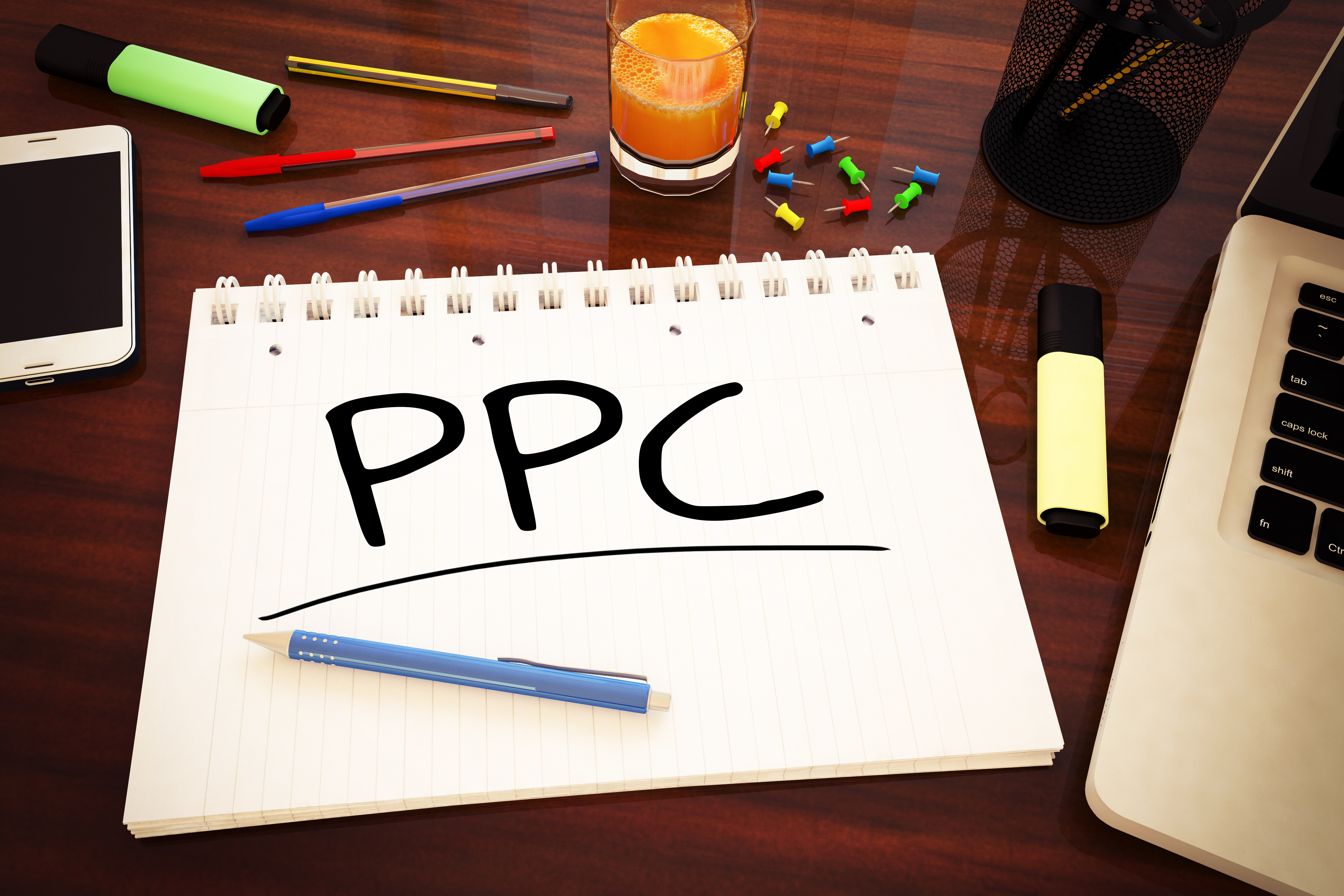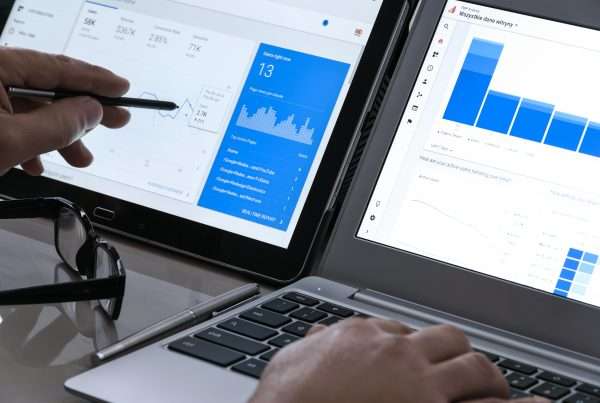This article was updated on 10/5/2022 to provide up-to-date information
One of the most common problems digital marketers run into, whether they are managing their SEM campaigns in-house or for an agency, is how conversion tracking fits into their marketing strategy.
There are tracking codes, analytics tools, tag managers, attribution models, time lag, conversion funnels, soft conversions, hard conversions, events, metrics, and goals – I am sure we could keep going. This problem is exacerbated even further when your business uses different marketing channels.
There is obviously never going to be a one-size-fits-all for every client or every campaign. Depending on what the long and short-term goals of your particular campaign are, those will be and should be the most important determining factors of how you optimize and track success.
For example, brand awareness campaigns are optimized for clicks and traffic. That traffic is then tagged for the remarketing campaigns, which are optimized for conversions. Others may solely focus on ROI and transactions, and others may be a hybrid of multiple different conversion points ranging from time on site, bounce rate, clicks, revenue, email sign-ups, and requests for quotes. Meanwhile, your website is getting referrals, direct traffic, and showing up in search engines.
At the end of the day, they are all playing their part toward one common objective: driving your revenue. By using a multi-channel funnel attribution model, you can see how each of these channels contributes to your business’s overall objectives.
A Big-Picture Attribution Model
Clearly, there are a lot of different ways to measure success when running your pay-per-click advertising campaigns.
But, regardless of how you are measuring success, how can you be sure you are measuring something like Google Ads correctly? Sometimes even more importantly, how can you be sure you are measuring success accurately or completely?
Measuring individual conversion points correctly is somewhat of a more trivial exercise. For our purposes today, I would like to focus more on completeness and perhaps above all, getting you and your clients to see the bigger picture when it comes to conversions and the overall behavior of users on the web.
What this means to you is there is a lot of hidden user behavior that can be unveiled when looking in the right areas of Google Analytics, and more than likely there is data proving that you are selling yourself and your client short when it comes to just how successful your pay-per-click campaigns really are. Finding these hidden conversions could be the difference between a successful campaign and an underperforming campaign, or the difference between a successful campaign and an extraordinarily high-performing campaign.
More specifically, we are talking about multi-channel funnel reports (MCF Reports), which is closely related to path length reports, top conversion paths reports, and assisted conversions reports. These reports account for all the touchpoints your users encounter throughout their buyer journey.
These are not to be confused with your actual conversion funnel which follows the user’s path while on the site. The top-funnel, bottom-funnel, and mid-funnel behavior, while a user remains on your site, is always invaluable data, but how your user arrives and returns to your site can be just as valuable.
This is especially true when trying to calculate a true ROI for your various marketing campaigns. We have seen cases of users arriving and leaving a site multiple dozens of times over the course of weeks before finally completing the conversion point we were measuring, and in the process hitting every single channel group Google Analytics tracks.
Just take a look at this eCommerce example:
This decisive user (sarcasm people!), came and left the site 17 times before purchasing $68.10 worth of merchandise. That is on top of being displayed 123 display impressions from our remarketing ads.
For this client, this purchase is right in line with their average order value. However, it is plain to see this is not your average order. Clearly, this user was shopping the web over the course of approximately 30 days before making their decision to buy our client’s product.
The user initially arrived to the site via a paid ad and was displayed some remarketing on social media ads. After that, he continued to search and click back to the site via other paid ads. There was one point where the user returned to the site via an email campaign, and another time the user returned via organic search. Finally, there was another email marketing effort that came across this user, and after clicking back through to the site he finally makes his purchase.
So which marketing channels get the conversion?
Ultimately, it is important to appreciate that all of these various digital marketing efforts played a role in getting this user to finally purchase.
Keeping the channels by which a user can find and enter your site open and seamless is paramount because if the user cannot get to your site to begin with, then they will never convert no matter how optimal your site or product is. However, once that purchase is made, one of the channels has to be attributed to the direct conversion, and at least on paper it will be that campaign with the positive ROI.
A majority of channel attribution models operate as last interaction or last click. So in the above example, the last click was from an email campaign, and this purchase would have been directly attributed to the email. No direct value is given to the 17 other points of entry the user used to gain access to the site. Furthermore, the very first time the user found the site was on a paid ad, and if you only look at direct attribution and the last click model, then in this case the paid search campaign is being underreported.
These days in AdWords, you have the ability to change the attribution model. We could make things first click, in which case all value is placed on paid search and no value is given to e-mail. After all, you could look at paid search as being the first method by which the user arrived and deserving
of all the credit.
However, this is not always entirely fair. The user came and went through paid ads multiple times without converting, so perhaps the language or promotion in the email was the deciding trigger that sold the user. You can also look at distributing the value of the purchase evenly throughout the path, or applying a model of time decay. Attribution models have pros and cons, but there is one other insightful tool that can help clear things up. That tool is assisted conversions.
Using Google Analytics Multi-Channel Funnel Reports
Assisted conversions is a standard report in the multi-channel funnel reports tab of Google Analytics 4 and gives you totals for conversions where a particular channel appeared in the conversion path but ultimately did not receive the last click.
In the above example, the e-mail channel would receive the conversion and $68.10 worth of direct revenue. The paid search, referral, display, and email channels would also receive an assisted conversion and $68.10 worth of assisted revenue.
Note that e-mail is actually being counted twice. Once directly and once for the assist because it appears multiple times in the path. For this particular client, 12 percent of revenue is attributable to the last click being paid search. There is also an additional 15.7 percent of assisted revenue coming from paid search, and over 57 percent of all revenue regardless of channel is assisted or has multiple channels influencing it.
These percentages could absolutely vary from client to client, and a strategy meeting should be set aside to only discuss goals and the attribution models that best fit your situation.
One thing is for certain however, no matter how you measure success, the internet is a vehicle meant to be surfed, and users come and go frequently. If you are not utilizing tools like multi-channel funnel reports and assisted conversions and revenue, you could be selling yourself short by a huge margin.








